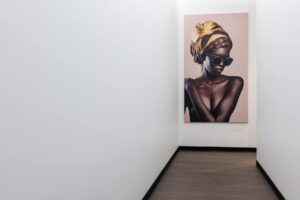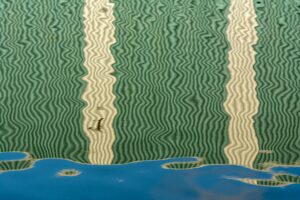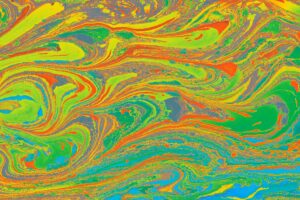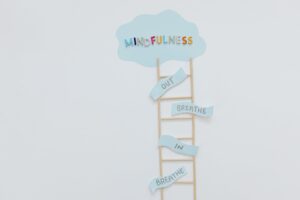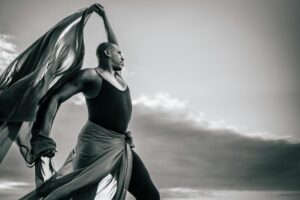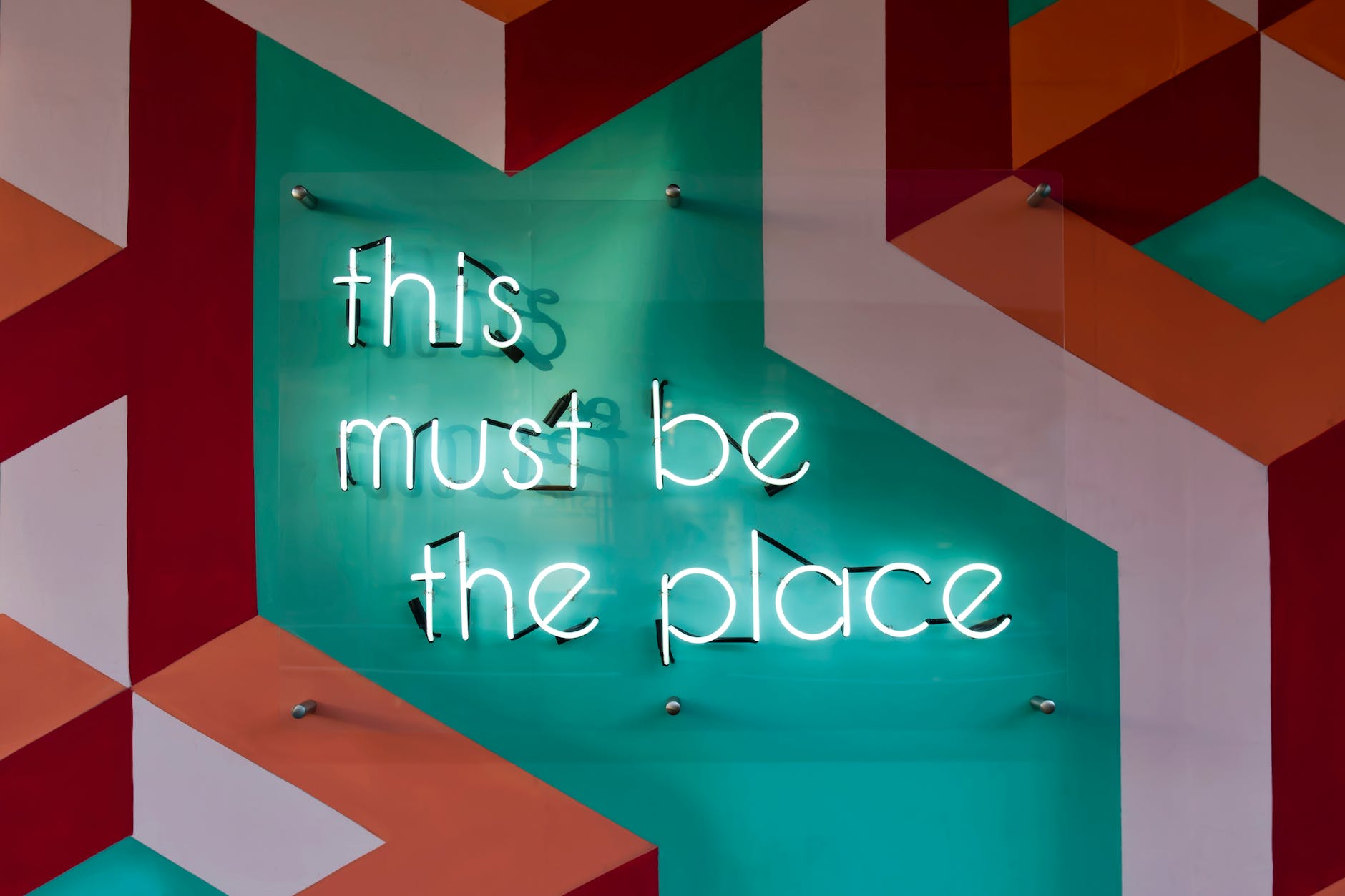For centuries, artists have sought to translate their internal experiences and perceptions into tangible forms. Psychedelic experiences, with their intense effects on the mind and its visual perception, have influenced creative works in myriad ways. From the surrealist works of Salvador Dali to contemporary colorful art bursting with multi-layered narratives and spiritual symbolism, artists have persistently grappled with conveying these mind-melting experiences.
Describing a psychedelic journey through words often proves futile due to its ineffable nature – leading many to describe these experiences through trippy visuals – a visceral language more capable of recalling the otherwise indescribable. These visuals, born from the hallucinogenic prism, are often an avalanche of distorted perspectives, extraordinary shapes, exaggerated colors, and rippling patterns.
Psychedelia’s influence on art runs deep and vast. The entire movement of surrealism was rife with elements that mirrored a psychedelic experience. Masters of the movement like Dali and Magritte created surrealism masterpieces abounding with deformed perceptions and disjointed realities that are similar to those witnessed during an intense trip. Journeying further into the abstract, the mind-bending geometrical metamorphoses in M.C. Escher’s lithographs appear like visual echoes of lysergic voyages.
More contemporary artists have delved even deeper into psychedelic aesthetics by invoking various aspects of their trips. Artists such as Alex Grey and Luke Brown have pioneered modern psychedelic art by weaving together anatomical, spiritual, and cultural elements to create vivid tapestries of human consciousness. Their works encapsulate the abstract, the beautiful, and the enigmatic qualities of a psychedelic escapade.
Trippy visuals in psychedelic art often exhibit a certain universality in their motifs. Many portray fractal patterns, spirals, grid structures, and intricate mandalas – all exploring the dynamic tension between order and chaos. Some artists employ ‘Hyperrealism,’ using meticulous detail to represent their altered reality, all while challenging our notions of visual perception.
Psychedelic visuals also often reveal sensory fusion experiences synonymous with synesthesia – a condition that blends sensory inputs, leading to experiences like ‘hearing colors’ or ‘tasting sounds’. Kandinsky, a confirmed synesthete, famously created abstract compositions marrying color and sound. More recently, Carol Steen’s art, infused with her personal synesthetic experiences, manifests as strikingly colorful, coruscating visuals.
Art conveying the psychedelic experience often dwells in the territory of the dreamlike and the fantastical. Nature, in its raw, vibrant intensity, serves as a recurrent backdrop in many works, presenting as a tapestry of interwoven life forms and patterns. Paintings often exhibit a diffused glow, resonating with documented accounts of increased light and color intensity whilst under the influence of psychedelics.
Digital art has carved out a distinct niche within psychedelic aesthetics. Technological advancements have afforded artists the tools to produce incredibly detailed, fluid animations bursting with vibrant hues. Moreover, these audio-visual performances, projections, and VR experiences fold audiences into immersive narratives, invoking the emotionally charged, transformative aspects of psychedelic experiences.
Though a flat canvas will always struggle to truly represent a psychedelic experience’s winding, mind-melting labyrinth, it still offers a potent vehicle for such expression. Artists wield their brushes and colors, symbols, and metaphors in a relentless quest to grow closer to articulation, to apprehend and lend form to the formless. With every vivified figure and vibrant vortex, they edge us closer to understanding the enigma that is the human consciousness within the kaleidoscope of the psychedelic experience.
